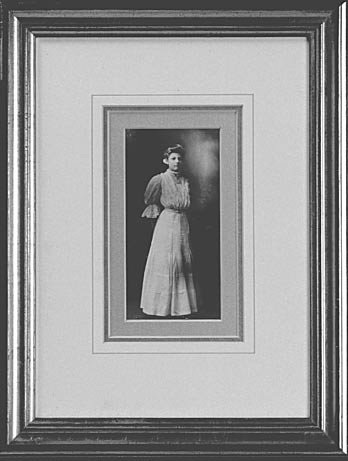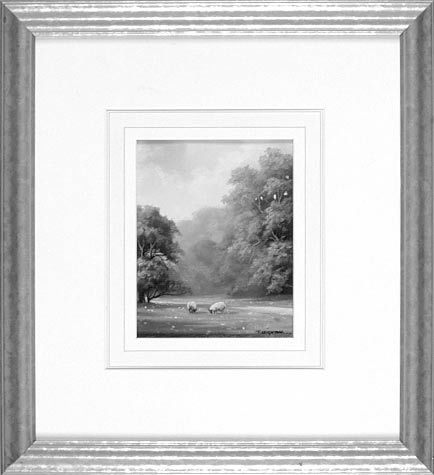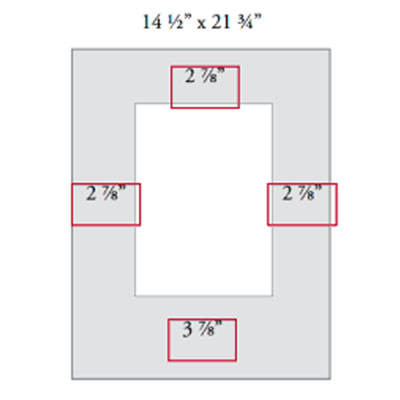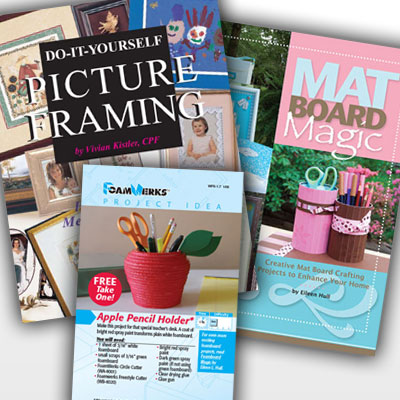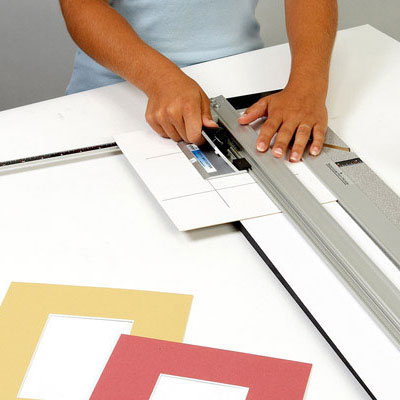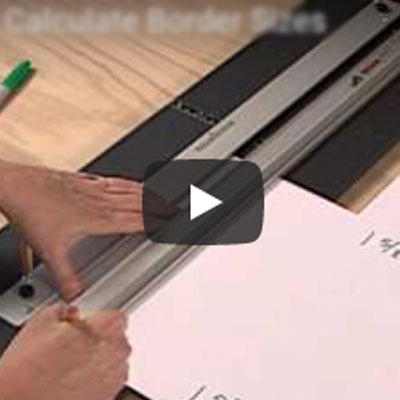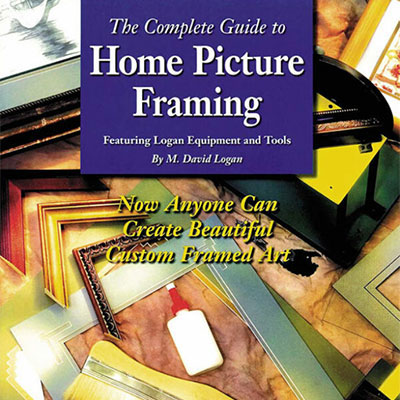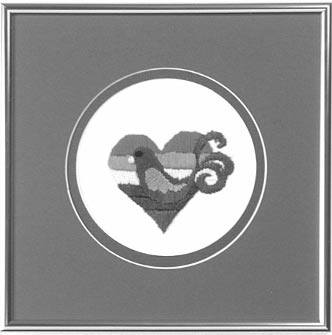
Yes, you can frame your own pictures using tools and supplies readily available from art supply, photography, or craft supply stores. Photographs, paintings, art prints, children's art, diplomas, newspaper clippings, and needlework are just a few of the many items the do-it-yourself framer can frame for display. Picture framing is an important part of room decor. It allows us to display photographs of favorite people and places. It lets treasured memorabilia be part of daily life, instead of tucked away in a drawer.
Framed items and images can express personal interests, or celebrate special events. They can define and coordinate decorating schemes, highlighting or introducing favorite colors.

Picture framing requires a variety of skills, and a working knowledge of materials and equipment. But with a
little practice and the right tools, a handy craftsperson can learn to produce attractive and well-crafted framed pieces at home.
People are often interested in framing their own pieces because they enjoy the craft of framing, or because they want an economical means of framing. This book is a guide to accomplishing those goals. The most important skills required are a good eye, a steady hand and a willingness to learn.
THE PURPOSE OF FRAMING
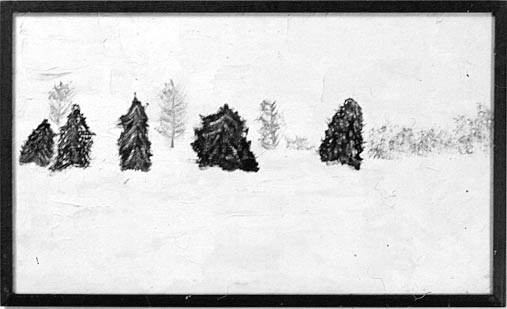
Picture framing provides two important services for a piece of art—protection and presentation. Protection is provided with proper materials and methods. Presentation begins with designing the project. The presentation should complement the art. "Overdoing" is a tendency of amateurs in any field of endeavor, and sometimes the beginner framer "over frames" the piece both visually and structurally. In an attempt to make it look professional, the art is sometimes overwhelmed by the framing. The goal is a presentation that allows a viewer to see the beauty of the artwork and not be distracted by the framing. Professional picture framers learn their skills and techniques through years of apprenticeship, training, and trial and error. The methods suggested here are designed to expedite the learning process, allowing home framers to begin framing right away, while giving a "professional" finish to the work. The mechanics of framing are important, but equally important are the aesthetics of framing—the style, color, and proportion of the frame and matting. Understanding these elements makes all the difference between a "homemade" and a professional-looking presentation.

A NOTE ABOUT CONSERVATION FRAMING
Professional picture framers use the term "conservation" to refer to the materials and techniques used for framing art of value, whether that value is sentimental or monetary. The goal is preservation, protecting the art and ensuring that the framing process itself does no harm. For conservation framing, all materials must be clean, stable, and acid-free, and all materials in contact with the art must be completely reversible without any damage to the art. In this book, conservation measures are suggested or described where applicable. The basic materials required are available at many art supply or craft supply stores.
